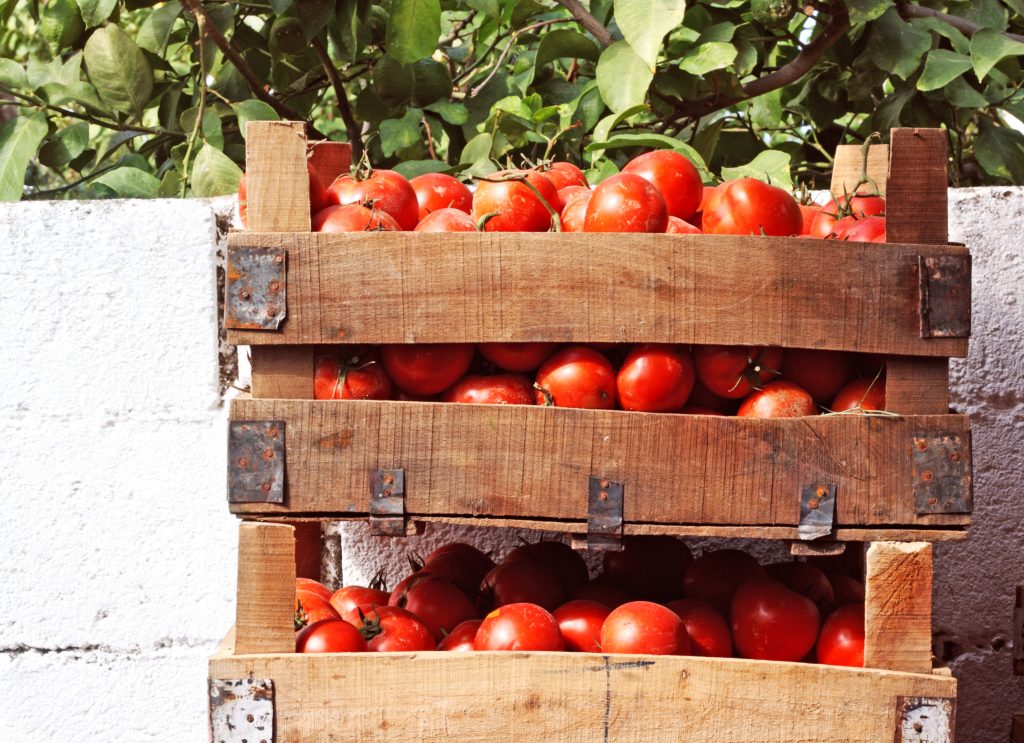
By Clint Thompson
Mexico has its advantages over U.S. growers in tomato production.
Wages are much lower. Government subsidies help support Mexican producers being able to ask for low market prices.
But technological advancements and consumer awareness may be the game changers that help Florida producers survive this onslaught of tomato imports that have only increased over the past decade, says Michael Schadler, Manager of the Florida Tomato Committee and Executive Vice President of the Florida Tomato Exchange.
“The disparity in wages between Mexico and the United States is one of the fundamental challenges that we have in competing with them. Certainly, if we look at more automation, more mechanization, even advanced technologies like AI (artificial intelligence), that is a potential solution,” Schadler said.
“I think the viability of Florida agriculture and even specialty crop agriculture in the United States is somewhat dependent on us innovating our way into better being able to compete with imports from cheap wage countries.”
Statistical Impact
A recently released report from Florida Department of Agriculture and Consumer Services compares the recent rise of Mexican imports to the steady decline of Florida production.
Mexico’s U.S. market share in tomatoes was 66% in 2020, compared to 28% for Florida. Mexican imports of tomatoes increased from $1.5 billion in 2012 to $2.38 billion in 2020; a margin of 51%. Its average sales were $1.9 billion, compared to Florida’s annual sales of $387 million.
There has been a 52% decline of Florida tomato production from 2002 to 2019. Mexican imports of tomatoes expanded by 152% from 2005 to 2020.
But the clientele is in place in the Southeast for Florida tomato producers to stem this rising tide of imports. It is up to industry leaders like Schadler to improve its message.
“I think just using the Florida tomato industry as an example, sometimes we lose sight that we don’t just have the state of Florida but the whole Southeast region as a real opportunity. With the growth of the Southeast United States, population wise, it’s just really a tremendous opportunity to start getting back some of that market share,” Schadler said.
“I think there are growers who are looking at that more seriously than ever before. They’re reminding consumers, retailers and restaurants that we’ve got a lot of local and regional production right here. You don’t always have to look to imports first. We think we can do a better job of that. That’s going to be a more important effort going forward.”









